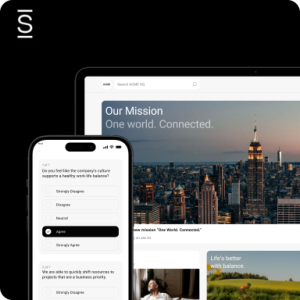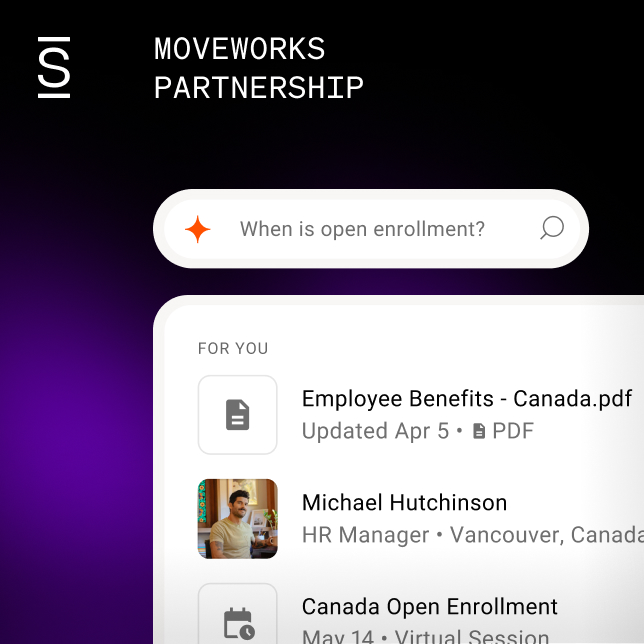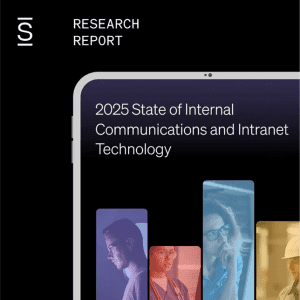Talented employees feel isolated and disengaged in their roles. Simple projects become complex because teams work in silos. What should take weeks extends into months due to poor internal communication and coordination. This highlights the importance of building a culture of teamwork and collaboration in your workplace.

Building a strong teamwork culture at work
Building an authentic teamwork culture requires more than assigning people to groups and hoping they work well together. True collaboration is intentional. It’s shaped by the values an organization promotes, the tools they use, and the everyday behaviors it encourages.
Without intentional effort to build a teamwork culture, organizations watch talent walk out the door, projects stall in endless revision cycles, and innovative ideas die in departmental handoffs. This guide provides the actionable strategies you need to transform your workplace into one where collaboration drives measurable results.
What is teamwork culture?
A teamwork culture is a workplace environment where collaboration, mutual support, and shared goals are part of the everyday experience. Instead of operating in silos, employees naturally reach across departments, share information freely, and support each other’s success. It’s built on trust, open communication, and the shared belief that everyone wins when the team wins.

Importance of teamwork culture in the workplace
Now that you’ve understood the meaning of a strong teamwork culture, let’s explore why it’s essential in today’s workplace. Rapidly changing market conditions demand teams that can collaborate effectively across distances, departments, and disciplines. Organizations that fail to build strong teamwork cultures find themselves struggling with siloed departments, duplicated efforts, and missed opportunities.
Creates unity among employees
A culture built upon teamwork promotes an atmosphere that encourages friendship and camaraderie among individuals. These types of close relationships among employees push everyone to work harder, cooperate, and be supportive of one another. This unity results in group cohesion, which is essential for a business to succeed. Without this unity, individuals will be more likely to apply their efforts for their own benefit rather than the benefit of the entire company. With everyone focused on their own slightly different purposes, individual projects, and the overall business can suffer.
Increases efficiency and productivity at work
When teams work together seamlessly, tasks get completed faster and with better results. Collaborative workflows eliminate redundant efforts, allowing team members to focus on their strengths while others handle complementary tasks. This division of labor creates a natural rhythm, allowing projects to move smoothly from one stage to the next. A strong teamwork culture reduces time spent on back-and-forth communications and rework. When everyone understands their role and trusts their teammates, decisions are taken quickly, and execution becomes more streamlined. This results in higher output quality with less wasted time and resources.
Gives birth to innovation
Innovation rarely happens in isolation. A strong teamwork culture is structured to provide a diversity of thought, creativity, perspectives, and problem-solving approaches. Building a proper team allows individuals to brainstorm and innovate collectively. This enhances their ability to solve problems and arrive at new solutions. Effective teams share differing opinions and experiences, which strengthen accountability and help make decisions faster than when done alone.
Offers more learning opportunities
Team members learn from each other’s expertise, gaining new skills and perspectives that enhance their professional development. Junior employees benefit from mentorship and guidance from more experienced colleagues, while senior team members often gain fresh insights from newer perspectives and emerging trends. This active engagement reduces skills gap and generates the innovative capacity to problem solve and generate ideas more effectively and efficiently.
76% of employees are more inclined to stay at companies that offer continuous learning and development (L&D) opportunities (SHRM).

Strategies to build a teamwork culture
Building a workplace that encourages and fosters teamwork among its employees requires planning and specific activities to support this open collaboration among colleagues. To foster a successful teamwork culture, here are some ways organizations can consider:
One team, one vision
Working toward a common goal is another successful characteristic of an efficient team. What is the grand goal you’re striving for? How does each milestone contribute to that goal? When a team decides on a common objective, they work together and succeed. To build these shared goals, it is essential to make them visible and well-known.
Listen to your employees
Employees want to feel heard and believe their ideas matter, which means organizations must invest in both passive and active listening. Active listening goes beyond annual surveys to capture real-time feedback about team dynamics, communication barriers, and collaboration challenges. When leadership consistently listens to employee insights, they can address teamwork issues before they become systemic problems.
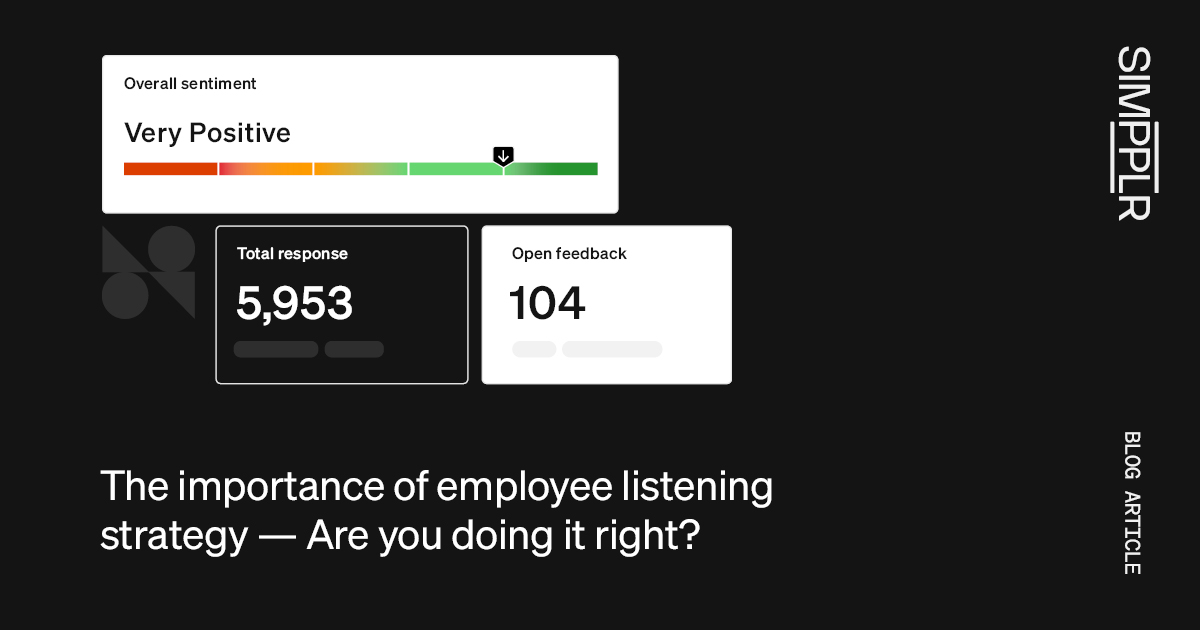
Form teams to promote cross-functional collaboration
Creating intentional cross-functional teams breaks down the invisible walls between departments that kill collaboration. Instead of letting marketing, product, and sales work in parallel universes, form project teams that bring these perspectives together from day one. These cross-functional collaboration experiences build trust and familiarity that extends beyond the project itself. Team members learn who to call when they need specific expertise. They understand how their work affects other departments. Most importantly, they develop working relationships that make future collaboration feel natural rather than forced.
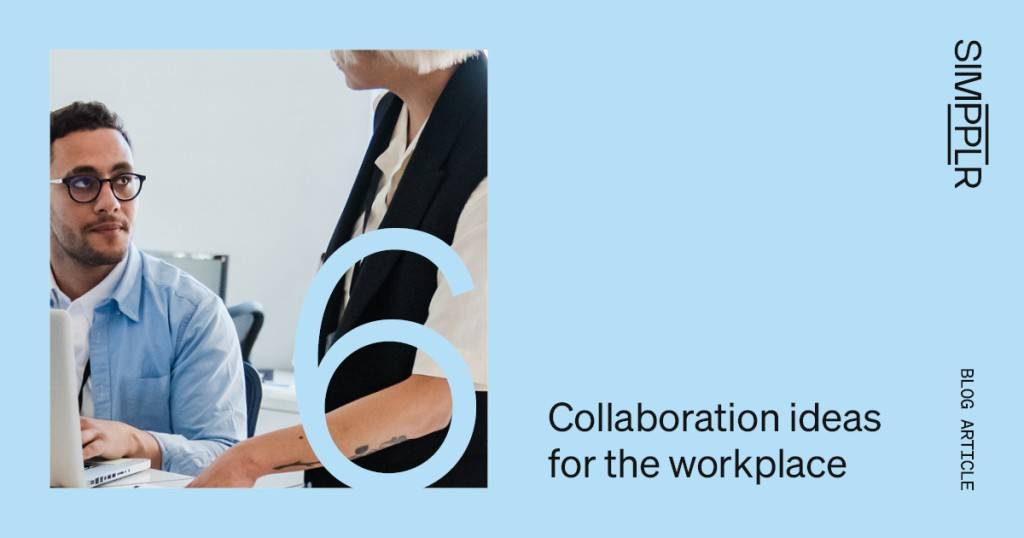
Encourage two-way communication
Teamwork thrives on open and effective two-way communication between individuals and groups within the organization. Without communication, organizations fall apart – employees feel left out and lose connection. At the same time, managers lose touch with what’s happening on the ground. Internal communications software can help ensure everyone in the organization is kept on the same page. Holding interdepartmental meetings to review progress also works to facilitate communication and further collaboration among the different departmental teams.

Build trust and respect
One of the most important team-building characteristics is trust. When tasks are split between multiple team members, employees need to trust that their colleagues are able to get their share of the job done. Team members need to have faith within their own team as well as with the larger organization in order to carry out higher-level tasks. Trust also produces increased speed and improved efficiency between team members. Building trust into corporate culture requires much effort to develop and can be a relatively long process. To encourage trust, managers can first ask themselves:
- “Am I listening to my employees and seeking their ideas, suggestions, and opinions?”
- “Am I open to employee ideas and including those ideas in the decision making process?”
- “Am I setting and communicating consistent expectations regarding team and individual performance?”
Capitalize on a diverse team
Diverse teams consistently outperform homogeneous groups in creative problem-solving and innovation. However, diversity alone doesn’t guarantee better outcomes — teams need inclusive environments where all perspectives are valued and incorporated. This requires intentional effort to address bias and create psychological safety. Inclusive teamwork culture ensures that quiet voices are heard, different working styles are accommodated, and cultural differences are seen as assets rather than obstacles.
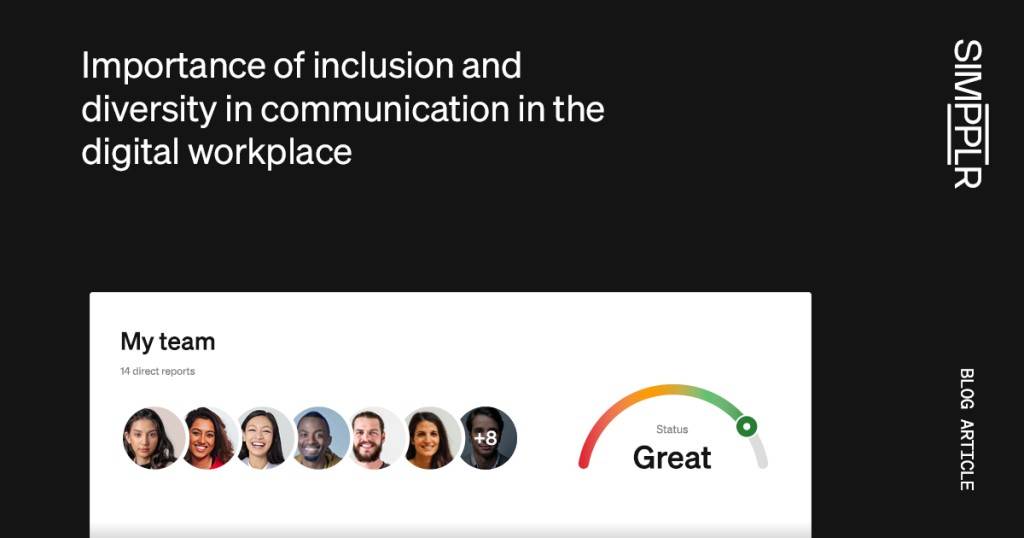
Introduce fun team-building activities
Sponsoring dinners at local restaurants, going on team hikes, creating a sports team, or volunteering together creates a space to build relationships among each other outside of work. For remote employees, try virtual coffee chats, online game nights, digital escape rooms, or host a “show-and-tell” session where team members share personal stories or hobbies. To keep frontline workers engaged and united, organize events like breakfast meetups, sports days, recognition ceremonies, or on-site celebration corners that don’t disrupt daily routines.
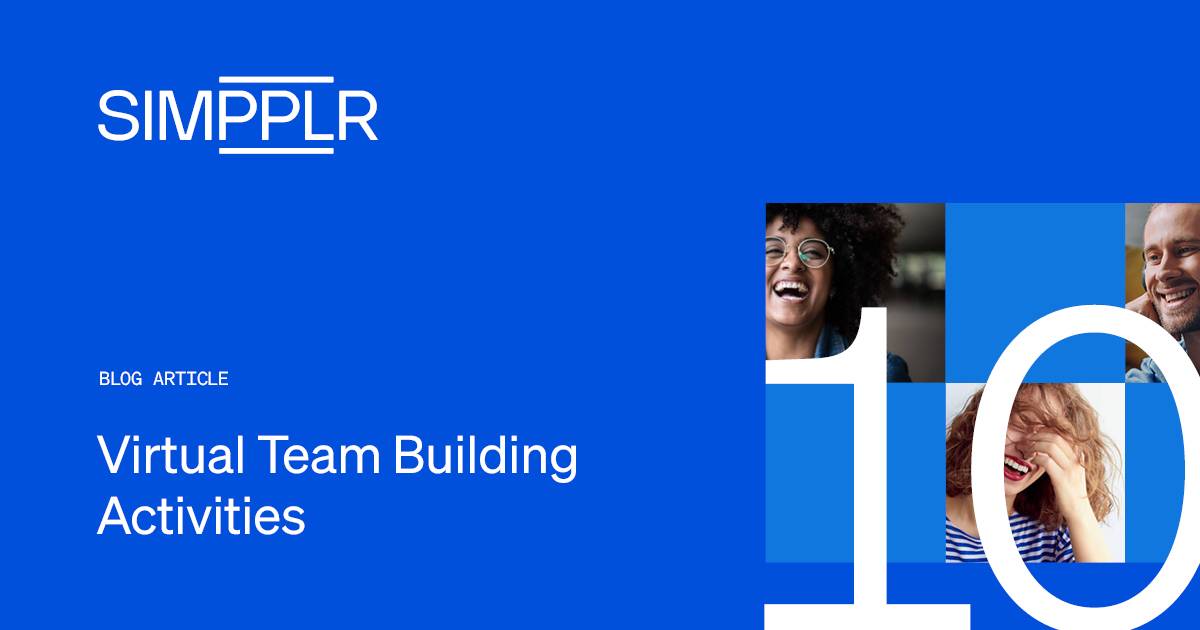
Recognize and reward team efforts
Appreciate your teammates by taking the time to say “thank you” for their contributions, small or big. Whether it’s a simple shout-out in a team meeting, a personalized note, or recognition on your company’s intranet platform, these gestures go a long way. For bigger milestones, use formal recognition and reward programs to celebrate together. They not only boost morale but also improve employee well-being, motivation, and engagement.

Build a culture of teamwork with Simpplr
The key to building a strong culture of teamwork lies in creating systems that make collaboration a natural choice.
Simpplr’s AI-powered platform transforms how teams connect and collaborate by creating a unified digital workspace that feels natural and intuitive. The platform centralizes communications and resources into a single, intuitive hub where teams can openly share ideas, celebrate wins, and find whatever they need through enterprise search. With personalized content delivery based on department, location, and job role, Simpplr helps your workforce engage with the right information at the right time.
When employees feel heard, valued, and connected, teamwork becomes part of the organizational culture.
Ready to learn how Simpplr can create a strong teamwork culture in the workplace? Request a demo today!
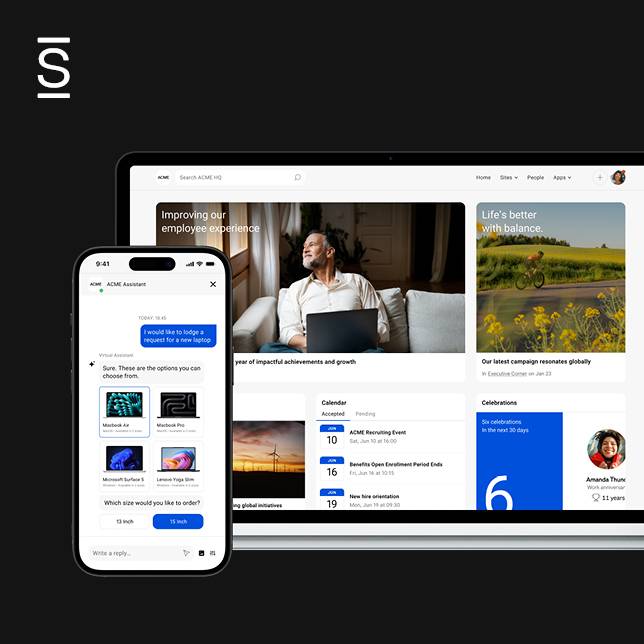
Watch a 5-minute demo
See how the Simpplr employee experience platform connects, engages and empowers your workforce.
- #1 Leader in the Gartner Magic Quadrant™
- 90%+ Employee adoption rate


